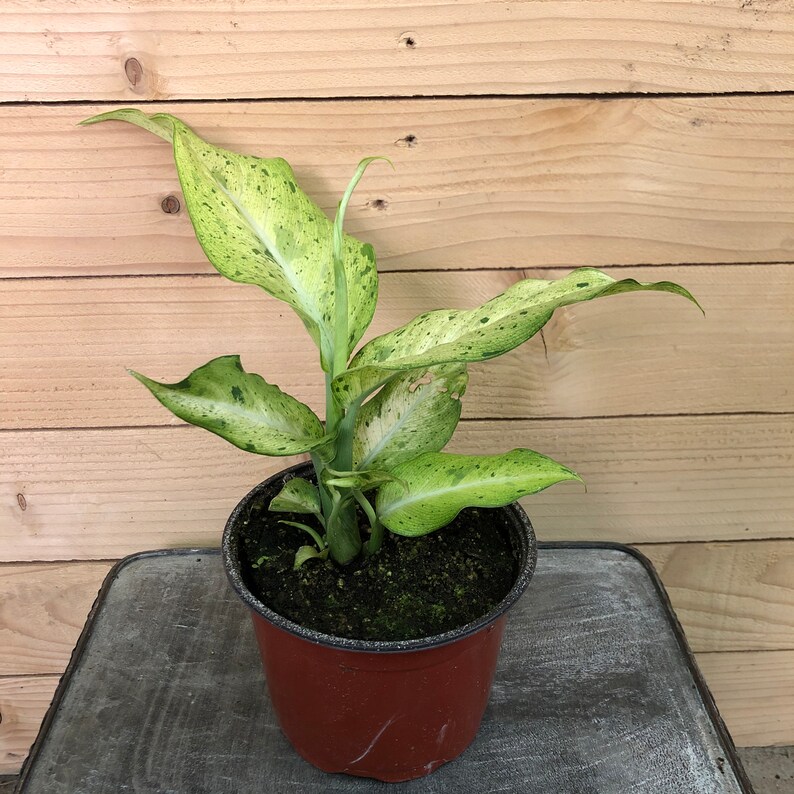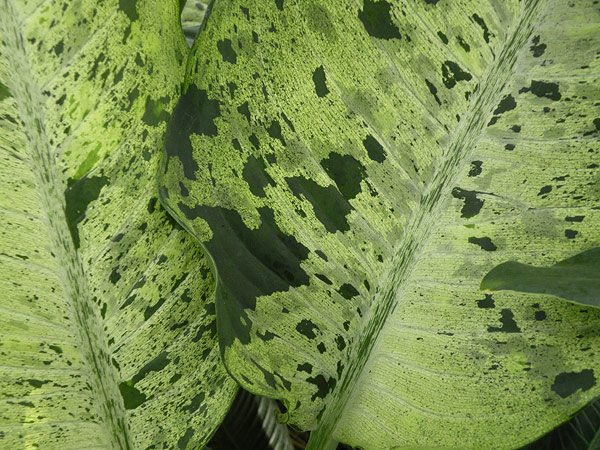

The Dieffenbachia Camille plant and most Dieffenbachia can tolerate low light and even heavy shade.Īlso Read: Different Types of Anthurium Houseplants Dieffenbachia maculataĭieffenbachia maculata has large leaves up to 14 inches long and 8 inches wide. The large leaves of Camille are a creamy yellowish-white with dark green around the border. It is a lush, bushy variety that grows 2 to 5 feet high and spreads 3 to 5 feet. Major Varieties of dieffenbachia plant include:Ĭamille is one of the best-known Dieffenbachia cultivars. In its natural environment, insects pollinate dumb cane flowers, and the plants produce berries. Though it’s rare for dumb cane to bloom indoors, if flowers do appear, they are green and off-white and last for a long time. The outsize leaves cluster around a central stem, and as the lower, older leaves fall, the stem is revealed.ĭumb cane cultivars come in a wider range of leaf colors, including yellow shades, variations on the regular green and white or cream hues and colored veins, dots, spots and stripes.

Indoors in containers, dumb cane rarely reaches such an impressive size, but it can still grow 6 feet tall and 3 feet wide. When grown in gardens within its hardiness zone range, dumb cane grows up to 10 feet tall and 3 feet wide, bearing shiny, pointed leaves 12 inches long.

Schott was a botanist well known for his extensive work on the aroids. The name Dieffenbachia was given to the genus by Heinrich Wilhelm Schott the director of the Botanical Gardens in Vienna to honor the head gardener Joseph Dieffenbach (1796–1863). The plant’s name derives from its extremely irritating sap, which burns the soft tissues of the mouth and throat and may paralyze the vocal chords. It is prized for its attractive, broad foliage and easy-to-grow nature. Dieffenbachia, commonly known as dumbcane is a tropical African plant most often grown as a houseplant in the United States.


 0 kommentar(er)
0 kommentar(er)
